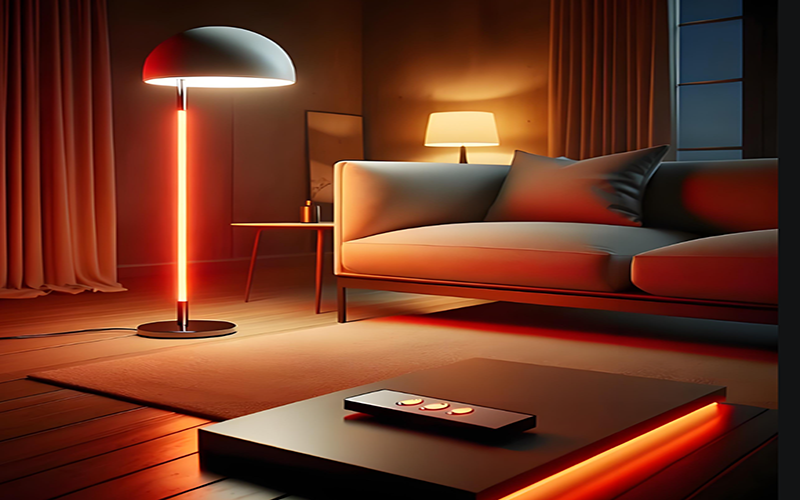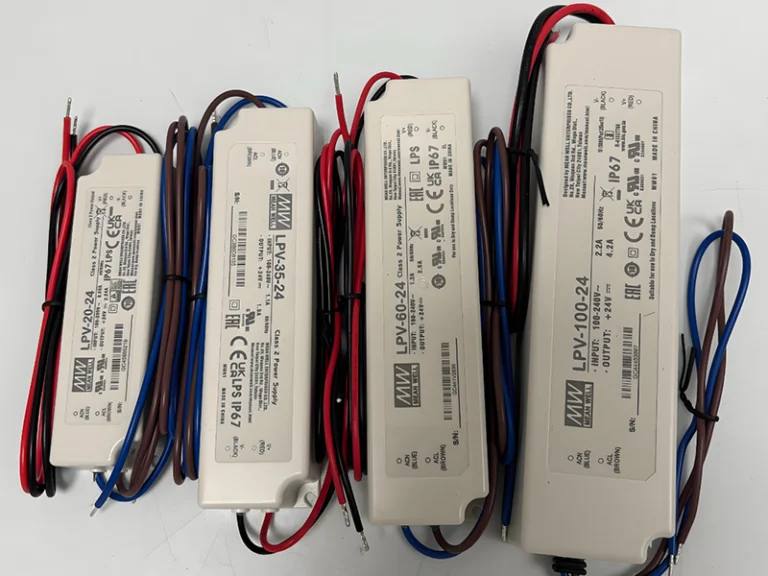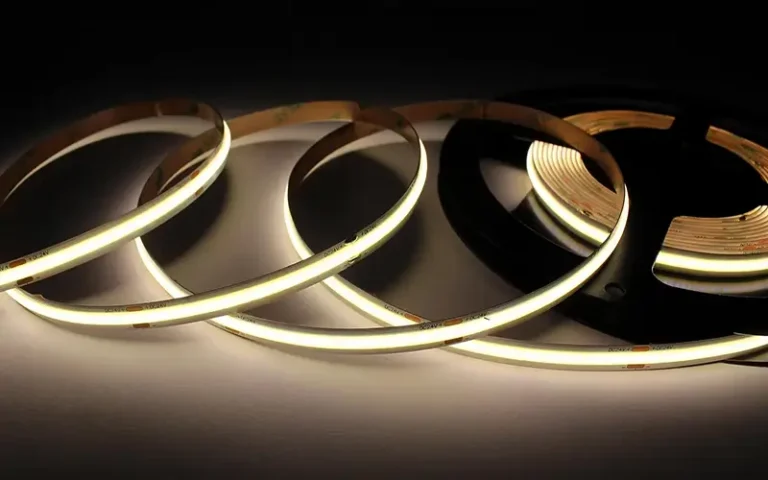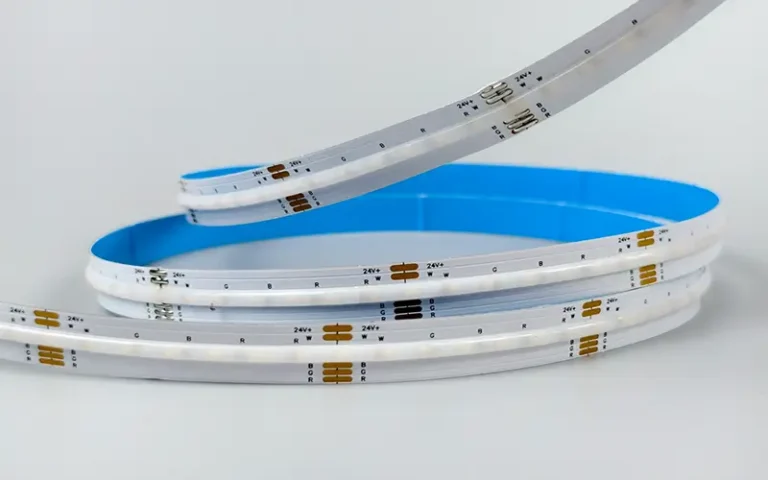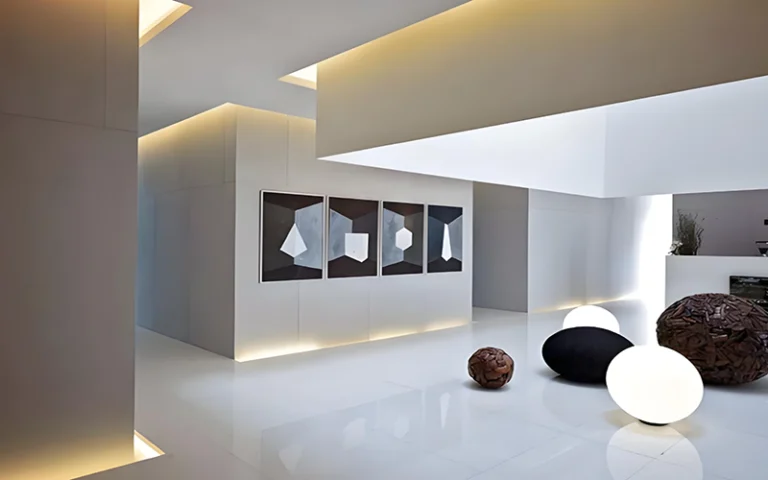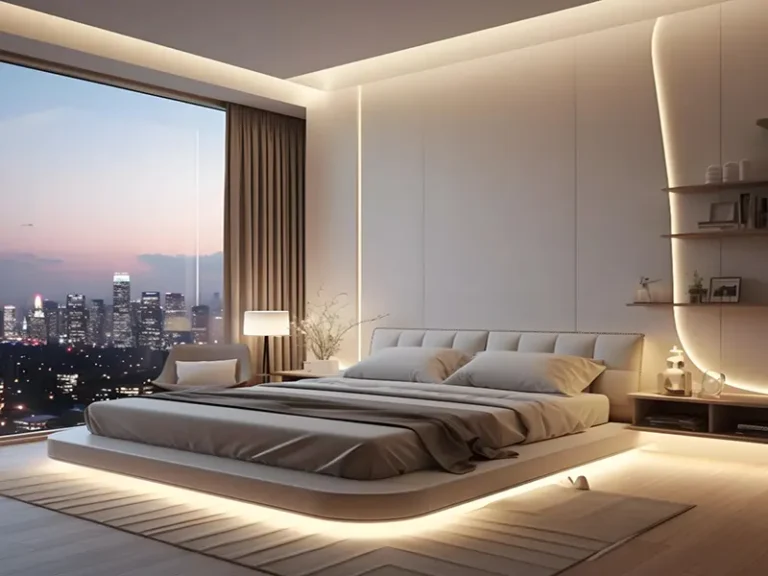Indoor Lighting: What to Consider When Choosing Lamps
Indoor lighting lamps are a functional necessity as well as a form of artistic expression. It can provide users with substantial illumination while also significantly affecting the ambience and atmosphere of a space. So whether you want to create a cozy living room, a cozy reading nook, or a bedroom perfect for sleeping, the right indoor lighting lamps can transform your home.
Why Is Interior Lighting Lamps Important?
Interior lighting is very important. Indoor lighting cannot be in the form of just one type of lighting, it is a variety of lighting that work together to create a warm and comfortable home. Decoration of indoor LED light strips, pls read TOP 19 LED Light Strips Ideas For Indoor Lighting
Proper lighting provides the necessary illumination for daily activities. It can also enhance the visual appeal of a space and highlight architectural features and decorations.
Interior lighting lamps helps to create the overall atmosphere – warm and comfortable spaces may benefit from soft diffused light, while task-oriented areas such as kitchens and offices require brighter, focused lighting. Living rooms and bedrooms are dominated by mood lighting, exuding a warm and comfortable feeling.
In addition, good lighting can reduce eye fatigue, improve mood and increase work efficiency, making it an important aspect of any interior design.
What are the Functions of Indoor Lighting Lamps?
Indoor lighting has many lamps, which are a combination of many different fixtures. Understanding the different types of interior lighting is the first step to choosing the right fixture for your space. The functions of interior lighting are generally divided into three categories:
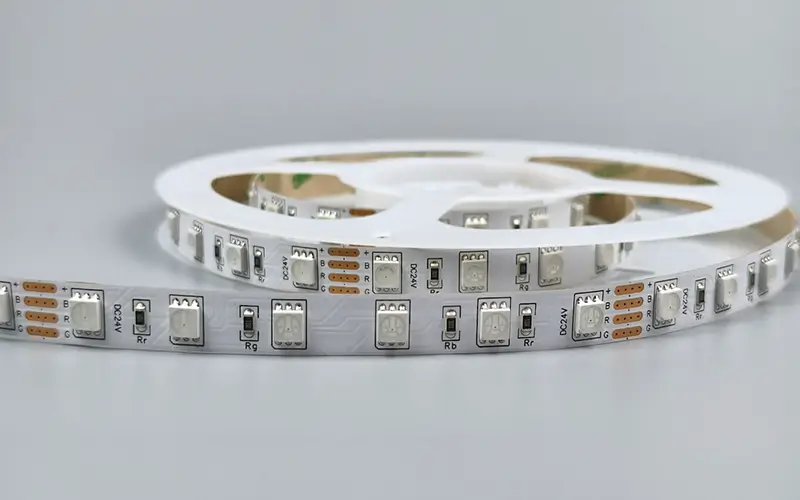
Ambient Lighting
Ambient lighting, also known as general lighting, provides overall illumination for a room. Its primary lighting function is to illuminate. It is the foundation of any lighting plan, ensuring that the space is adequately lit for a variety of activities.
Task Lighting
Task lighting is designed to illuminate certain areas that require intensity. This includes specific areas for activities such as reading, cooking, or working. It is typically brighter than ambient lighting and should be placed to avoid shadows. Examples include table lamps, under-cabinet lights, and reading lamps.
Accent Lighting
Accent lighting adds drama and interest to a space by highlighting collectibles, artwork, architectural details or decorative elements within the room. This type of lighting is usually focused and may involve the use of spotlights, track lights or wall lights. Accent lighting can create visual depth and enhance the overall aesthetic of a room.
Choosing the Right Style of Lamps for Your Indoor
When choosing lamps, consider the style, decor, and furniture of the space. The right lamp can enhance a room’s design, while an inharmonious one can ruin it.
- Traditional: Classic lamps with ornate details and warm finishes are perfect for vintage-inspired decor. And pair well with traditional furniture.
- Modern: Sleek, minimalist lamp designs often feature clean lines and bold colors, which work well for contemporary spaces.
- Industrial: Lamps with metallic finishes and raw materials add an edgy feel to urban or loft-style interiors.
- Rustic: Wooden or antique lamps are also very popular and a refreshing addition to interiors. Bring a cozy, natural feel to a country-style home.
When choosing indoor lighting lamps, also consider the interior decoration style and type of furniture. This will create a unified look.
How to Choose the Color Temperature of Indoor Lighting Lamps?
The color temperature of light is measured in Kelvin (K) and affects the atmosphere of the room. So the color temperature of indoor lighting is also very important.
- Warm White (2700K – 3000K): Warm white is mostly used indoors. This range creates a cozy and inviting atmosphere, perfect for living rooms and bedrooms.
- Neutral White (3500K – 4500K): Mostly used in kitchens and bathrooms, this temperature strikes a balance between warmth and brightness. It also provides plenty of illumination.
- Cool White (5000K – 6500K): This bright light is often used indoors in places like offices and garages to mimic daylight and enhance focus.
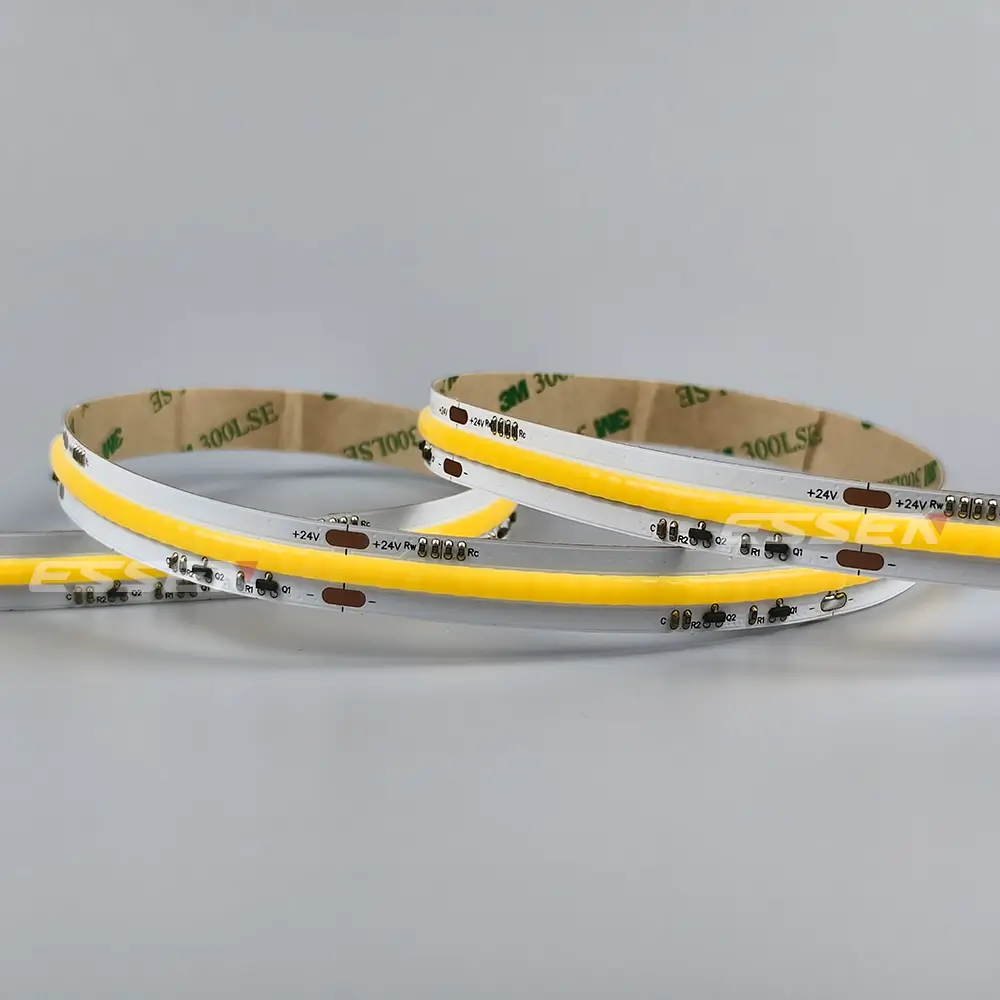
What are the Brightness and Wattage of Indoor Lighting Lamps?
The selection of wattage and brightness of indoor lighting fixtures is also important. Brightness is measured in lumens, while wattage indicates energy consumption. When choosing a lamp, you must consider the following two factors:
- Lumens: Look for a lamp that provides enough brightness for your space, but not too bright. Work areas typically require more lumens than ambient areas. For example, a reading lamp may require about 800 lumens, while a living room may need 1,500 lumens to work properly.
- Wattage: It is best to choose energy-efficient LED lamps. They produce more lumens per watt than traditional incandescent lamps. This not only reduces energy costs, but also extends the life of the lighting.
How do Control Systems for Interior Lighting Work?
In today’s smart homes, people’s choices are smart. Integrated lighting control systems can improve convenience and functionality.
- Dimmers: Pairing with compatible dimmers allows you to adjust brightness levels. This makes it easy to create the desired atmosphere in any room.
- Smart Lighting: Wi-Fi or Bluetooth-enabled LED lights can be controlled via smartphone apps or voice commands, providing flexibility and customization to your lighting.
- Lighting Scenes: Some lighting systems allow you to create specific lighting scenes for different events, such as movie night or a dinner party.
Choosing the right lighting control system can enhance your lighting experience and improve the overall comfort of your home.
How do I choose the Right Indoor Lighting Lamps?
Sustainable lighting is a growing concern for many consumers. When choosing indoor lighting fixtures, consider their energy efficiency and environmental impact.
- Choose LED Lights: LED lights are much more energy efficient than traditional incandescent or fluorescent lights, using 80% less energy and lasting longer.
- Look for Energy Star Ratings: Products with Energy Star ratings meet strict energy efficiency guidelines, ensuring you’re making a responsible choice.
- Consider Recyclable Materials: When choosing a light fixture, look for products made from sustainable or recyclable materials.
By prioritizing energy-efficient lighting options, you can contribute to a more sustainable future while enjoying long-term savings on your energy bills.
Conclusion
Choosing the right indoor lighting lamps requires understanding lighting characteristics, identifying different types of fixtures. And considering style, color temperature, brightness, control systems, and sustainability. By carefully evaluating these factors, you can create a well-lit environment that enhances the functionality and beauty of the space.
For high-quality, energy-efficient lighting solutions. Consider ESSENLED. We offer a wide range of LED strip lights and neon flex lights, providing innovative and high-quality products. More information about LED strip, pls check What are LED Light Strips? 2024 Comprehensive Analysis

